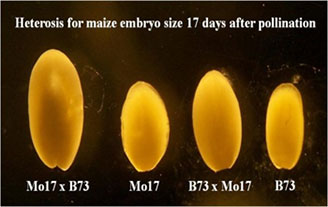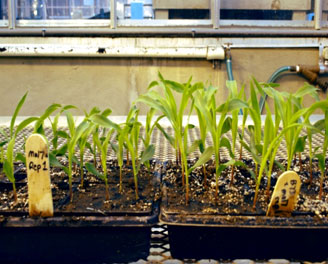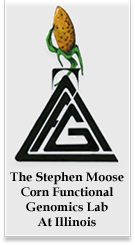Do small RNAs make big hybrids?
Project Overview:
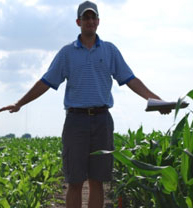
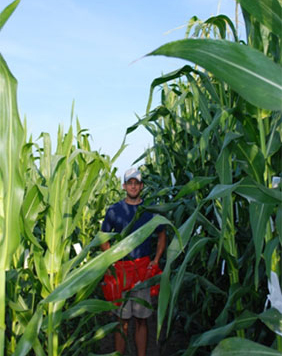
The most striking sight at plant breeding research stations throughout the growing season is heterosis- the superior performance in size, growth rate and yield of hybrids compared to their inbred parents. Heterosis is visible throughout development in maize, but it affects plant traits differently. Correlations among these traits is not strong. The application of heterosis to agriculture spurred the use of genetics in crop improvement, gave birth to the seed industry, and greatly increased yields in cereals. However, we are still unable to predict the performance of hybrids from knowledge about their inbred parents.
With support from the University of Illinois Critical Research Initiative and the National Science Foundation, we are using high-throughput sequencing technologies to identify regulatory differences between the “founding fathers” for today’s commercial corn hybrids. We are studying a newly discovered class of regulatory molecules called small RNAs, which are produced in the cells of all higher organisms, including corn and people, to regulate gene expression.
Heterosis must be programmed by changes in gene expression between the parents and the hybrid. By characterizing differences in small RNAs, we hope to predict which parents will produce the highest heterosis for a variety of traits, specifically, grain yield. Additionally, these studies will further our understanding of the biogenesis of small RNAs in maize, and how artificial selection in maize breeding programs has shaped the roles small RNAs play in regulating the function of the maize genome.
Posters:
2010People:
